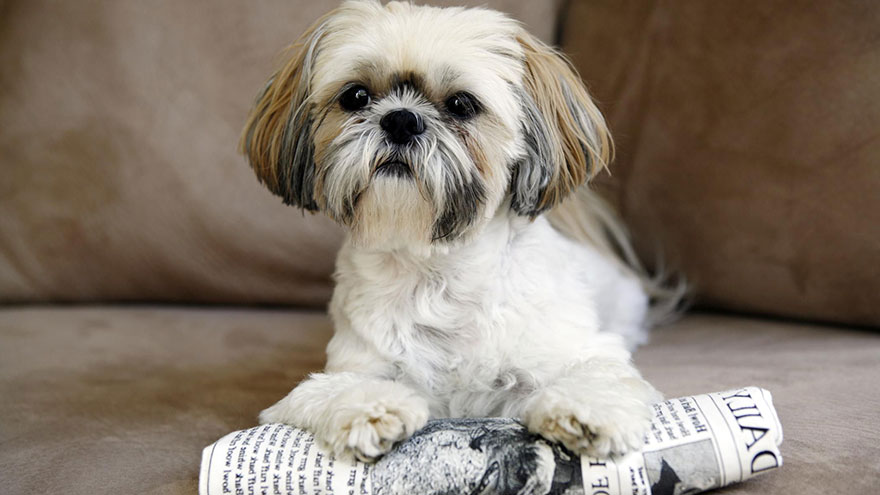Shih-Tzu Training Guide
You need to consider this breed’s temperament when it comes time to train. In fact, this could apply to almost any purebred dog that you add to your family. The Shih-Tzu is an alert and intelligent dog, but the dogs of the breed can sometimes be arrogant.
Since they were companions to royalty in their native Tibet, these small dogs tend to be a bit “standoffish” without some basic training and attention.
How to Train Shih-Tzu
With that in mind, a new owner should know that the Shih-Tzu is a rather gentle dog that will respond to consistent and patient efforts to train. Two of the training tasks that will be very important with the Shih-Tzu are housebreaking/potty training and basic obedience such as coming when called and staying when told to.
As with most healthy, intelligent dogs, the Shih-Tzu will soon lose interest if training is dull and boring. However, the owner and trainer can make the lessons fun and productive. One key is to keep the session short and positive.
Adding some playfulness to the training will help. To train the Shih-Tzu in basic commands, such as coming when called, it may be best to start with a loose leash. The new puppy or young dog should probably not be turned loose completely. Backing away slowly and immediately correcting the dog if it follows is a good place to start. In other words, you are trying to get to the end of the leash without the dog following.
When the dog is comfortable with sitting and not following you as you move a few feet, you can try to say something definite such as “come” or “come here” to get your pet to walk toward you. Again, patience and consistency are absolutely, necessary. Some lure, such as a toy, may help with this training. Repetition is important, but again, the sessions should not be too long or boring.

With patience and effort this task can result in the owner being able to move away from the dog while it sits still. Then, without a leash, the dog should be able to walk to the owner on command. Of course, this training should take place in a safe area, such as the fenced-in yard. At no time should the new puppy be allowed to run free, especially before training has taken place. These simple and gentle methods can work for several of the basic commands.
As for housetraining or housebreaking a Shih-Tzu, some owners will tell you that the dogs of this breed can be difficult to train. Many experts and trainers recommend crate training for many breeds of dog.
This type of training can certainly be successful if used properly. The crate gives the dog a place in which it can feel safe. In addition, the dog will have a natural tendency to keep its “den” clean. Nevertheless, no dog should be left in the crate all day or for any extended period.
One thing crate training does is help teach the dog that there are certain things to be done outside and certain things to be done in the house. The crate also teaches that other things are okay but only in the crate such as sleep, rest, etc.
One owner found that putting a piece of clothing they had worn in with the puppy worked to quiet the puppy down and calm the dog in the crate. The crate should definitely not be a place of punishment.
In fact, if used properly, the crate can be used sparingly. Dogs can learn if the owner uses patience and consistency. You will have to watch for signs such as circling and sniffing that may indicate the pet is ready to go outside.
It is also important that the dog be praised immediately if its actions are good. This includes going outside with the dog so that you can praise him immediately. A combination of crate training and other methods can work wonders with the problem dog.
Read More About Shih-Tzu
- Shih-Tzu Breed Information
- Shih-Tzu : 10 Most Common Questions
- Shih-Tzu Health Guide
- Owning A Shih-Tzu : Breeder Recommendations

